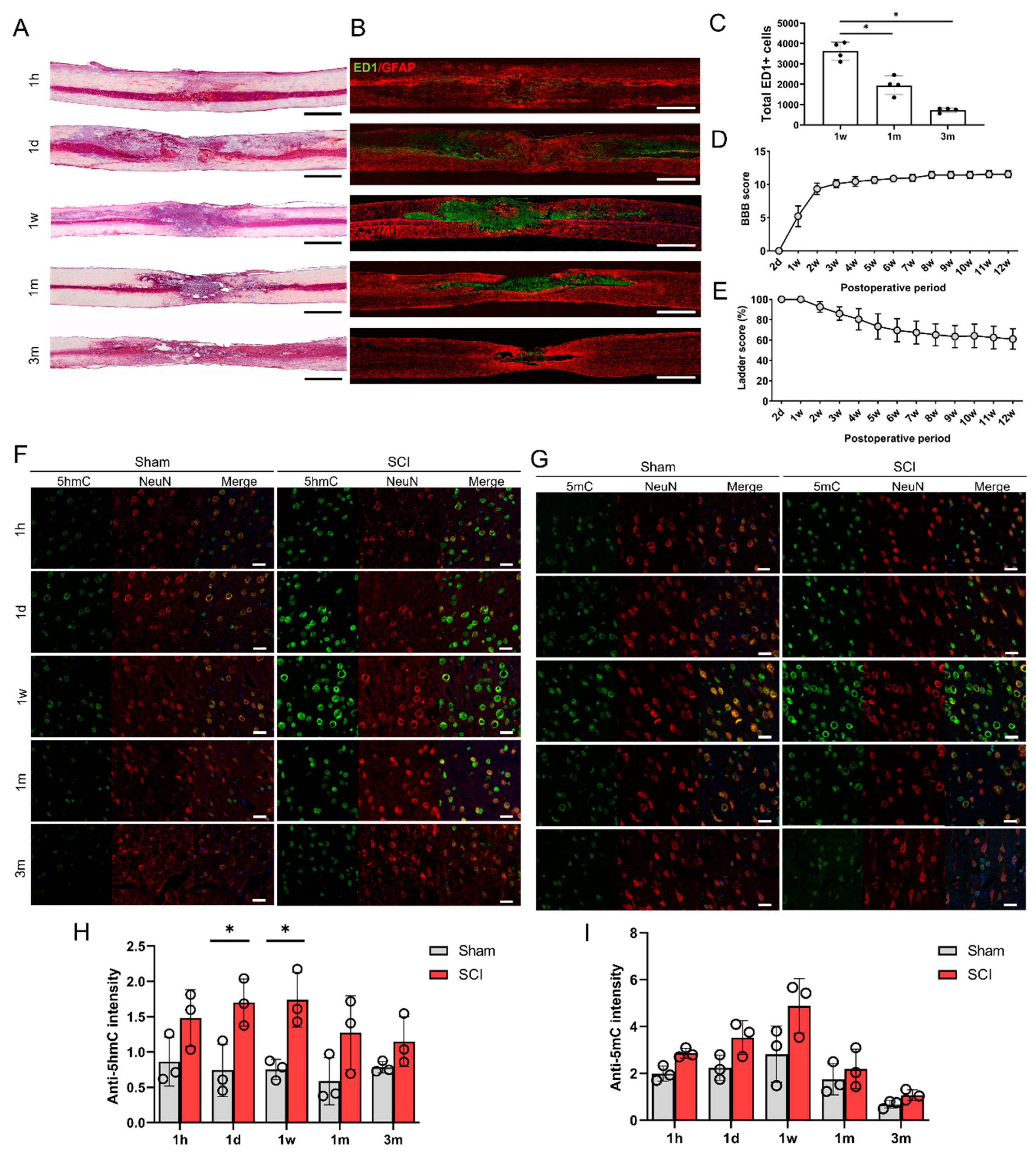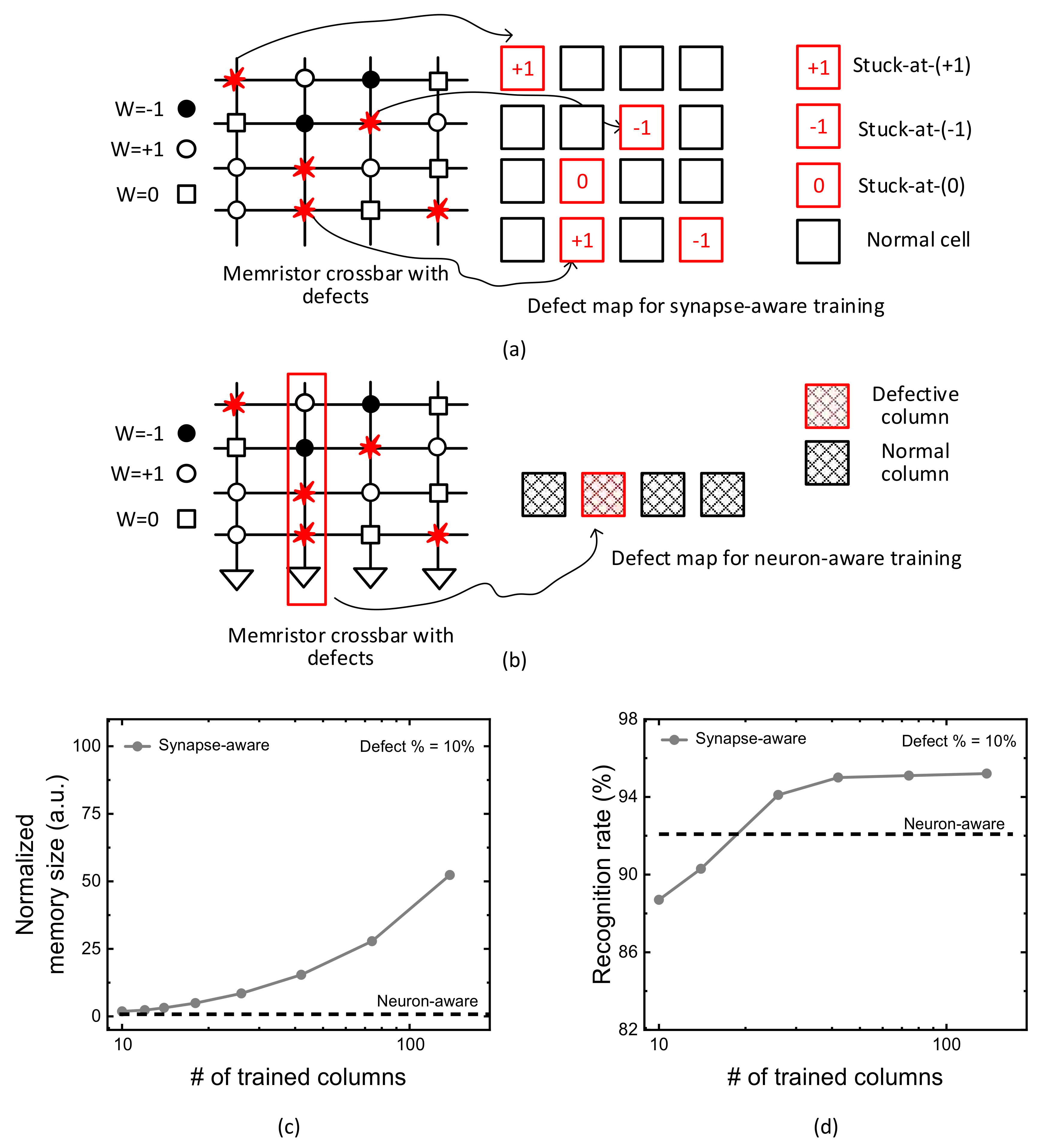
4.6 (517) · $ 57.00 · In stock
Description
It’s essential to ensure the chosen name stands out among other channels. This might require some research to see which keywords users are searching for, and you can consider incorporating…
In 11 steps, you can take your channel from its current size to 1 million subscribers. Keep reading to learn how.

11 Proven Ways to Reach 1 Million Subscribers

One SECRET to Getting 1 MILLION Subscribers

Fastest Channel to hit 1 million subscribers

Get 1000+ Subscribers on Using This Simple Strategy!
Whether you browse videos or create them, you may at some point want to move all that content from one Google account to another.

How to Move Content to a New Google Account
KTop10 is a show where we discuss the trending K-Pop hits according to official South Korean music charts! The show provides personal opinions and up to date news on the songs and artists featured in each episode. See our website for the schedule of our episode release dates. Visit us online at: ktop10.mymti.org. Questions, requests, and feedback on our show can always be sent to our email at [email protected]. Find us on Facebook at: facebook.com/ktop10pod. Our Twitter page is at: twitter.com/ktop10pod. Search for us on all major podcasting platforms including Google Play Music, iTunes Podcasts, TuneIn, Stitcher and many more.

KTop 10 (K-POP HITS)
Axonal regeneration after spinal cord injury (SCI) is difficult to achieve, and no fundamental treatment can be applied in clinical settings. DNA methylation has been suggested to play a role in regeneration capacity and neuronal growth after SCI by controlling the expression of regeneration-associated genes (RAGs). The aim of this study was to examine changes in neuronal DNA methylation status after SCI and to determine whether modulation of DNA methylation with ascorbic acid can enhance neuronal regeneration or functional restoration after SCI. Changes in epigenetic marks (5-hydroxymethylcytosine (5hmC) and 5-methylcytosine (5mC)); the expression of Ten-eleven translocation (Tet) family genes; and the expression of genes related to inflammation, regeneration, and degeneration in the brain motor cortex were determined following SCI. The 5hmC level within the brain was increased after SCI, especially in the acute and subacute stages, and the mRNA levels of Tet gene family members (Tet1, Tet2, and Tet3) were also increased. Administration of ascorbic acid (100 mg/kg) to SCI rats enhanced 5hmC levels; increased the expression of the Tet1, Tet2, and Tet3 genes within the brain motor cortex; promoted axonal sprouting within the lesion cavity of the spinal cord; and enhanced recovery of locomotor function until 12 weeks. In conclusion, we found that epigenetic status in the brain motor cortex is changed after SCI and that epigenetic modulation using ascorbic acid may contribute to functional recovery after SCI.

Cells, Free Full-Text
To overcome the limitations of CMOS digital systems, emerging computing circuits such as memristor crossbars have been investigated as potential candidates for significantly increasing the speed and energy efficiency of next-generation computing systems, which are required for implementing future AI hardware. Unfortunately, manufacturing yield still remains a serious challenge in adopting memristor-based computing systems due to the limitations of immature fabrication technology. To compensate for malfunction of neural networks caused from the fabrication-related defects, a new crossbar training scheme combining the synapse-aware with the neuron-aware together is proposed in this paper, for optimizing the defect map size and the neural network’s performance simultaneously. In the proposed scheme, the memristor crossbar’s columns are divided into 3 groups, which are the severely-defective, moderately-defective, and normal columns, respectively. Here, each group is trained according to the trade-off relationship between the neural network’s performance and the hardware overhead of defect-tolerant training. As a result of this group-based training method combining the neuron-aware with the synapse-aware, in this paper, the new scheme can be successful in improving the network’s performance better than both the synapse-aware and the neuron-aware while minimizing its hardware burden. For example, when testing the defect percentage = 10% with MNIST dataset, the proposed scheme outperforms the synapse-aware and the neuron-aware by 3.8% and 3.4% for the number of crossbar’s columns trained for synapse defects = 10 and 138 among 310, respectively, while maintaining the smaller memory size than the synapse-aware. When the trained columns = 138, the normalized memory size of the synapse-neuron-aware scheme can be smaller by 3.1% than the synapse-aware.

Micromachines, Free Full-Text

6 K-Pop Idol Pairs We Would Love To See On Channel KODE - Kpopmap